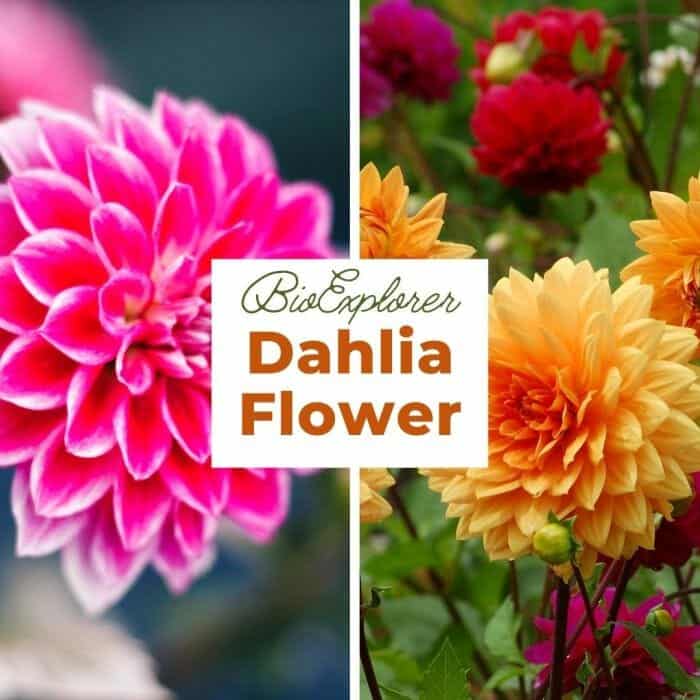
The dahlia is a beautiful flower from Mexico with historical roots stretching back centuries. Dahlias are well-known for their brightly colored flowers, which bloom continuously all year round.
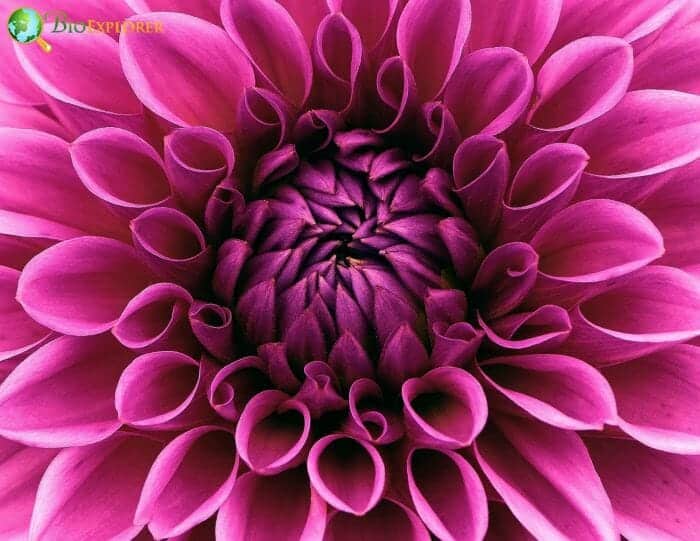
Dahlia (Dahlia pinnata) is Mexico’s national flower, officially declared so in 1963. Native to the country’s mountainous regions, dahlias boast an extraordinary range of forms, from simple, daisy-like blossoms to large, ornate, multi-petaled “dinner plate” varieties.
Colors span nearly every shade except true blue. In Aztec times, dahlias were grown for their edible tubers and used medicinally. The Spanish brought them to Europe in the 16th century, but Mexico remains the dahlia’s cultural heart. Traditional meanings tied to dahlias include inner strength and creativity, embodying the flower’s ability to thrive in rugged, volcanic soils.
Dahlia is available in various shapes, colors, and sizes, which makes it popular with florists and gardeners. Dahlias, along with sunflowers and daisies, belong to the Asteraceae family.
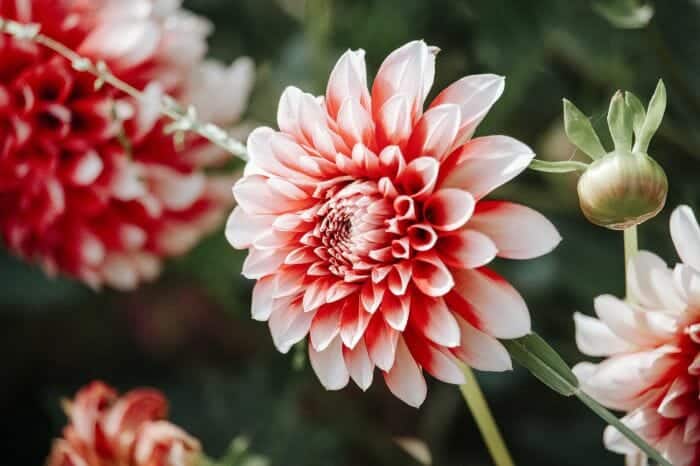
Although more than 20, 000 species[1] in this family, Dahlias, Mexico’s national flower, has become one of the most popular competition flowers today.
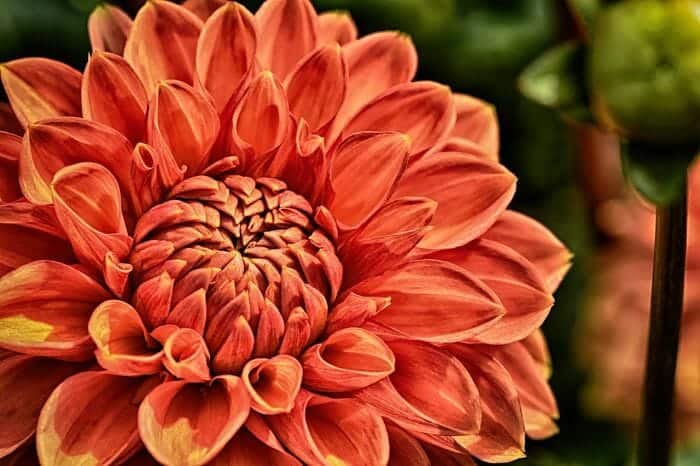
Among the most impressive features of this plant’s flower are its ringed petals. The color of dahlias flowers can vary widely, and they appear in purple, orange, red, yellow, pink, and white.

The flowers are usually monochrome but can also be striped or have different colored edges. The petals can be pointed or round, curled or straight at the edge, short or long, irregular or uniform.
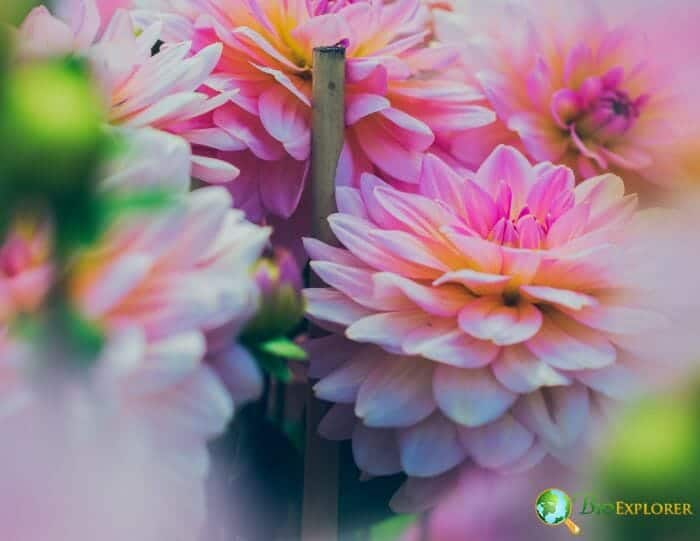
The flowers are also of different sizes depending on the variety and can diameter 5 to 30 centimeters. There is literally a dahlia for all tastes, styles, and preferences.











